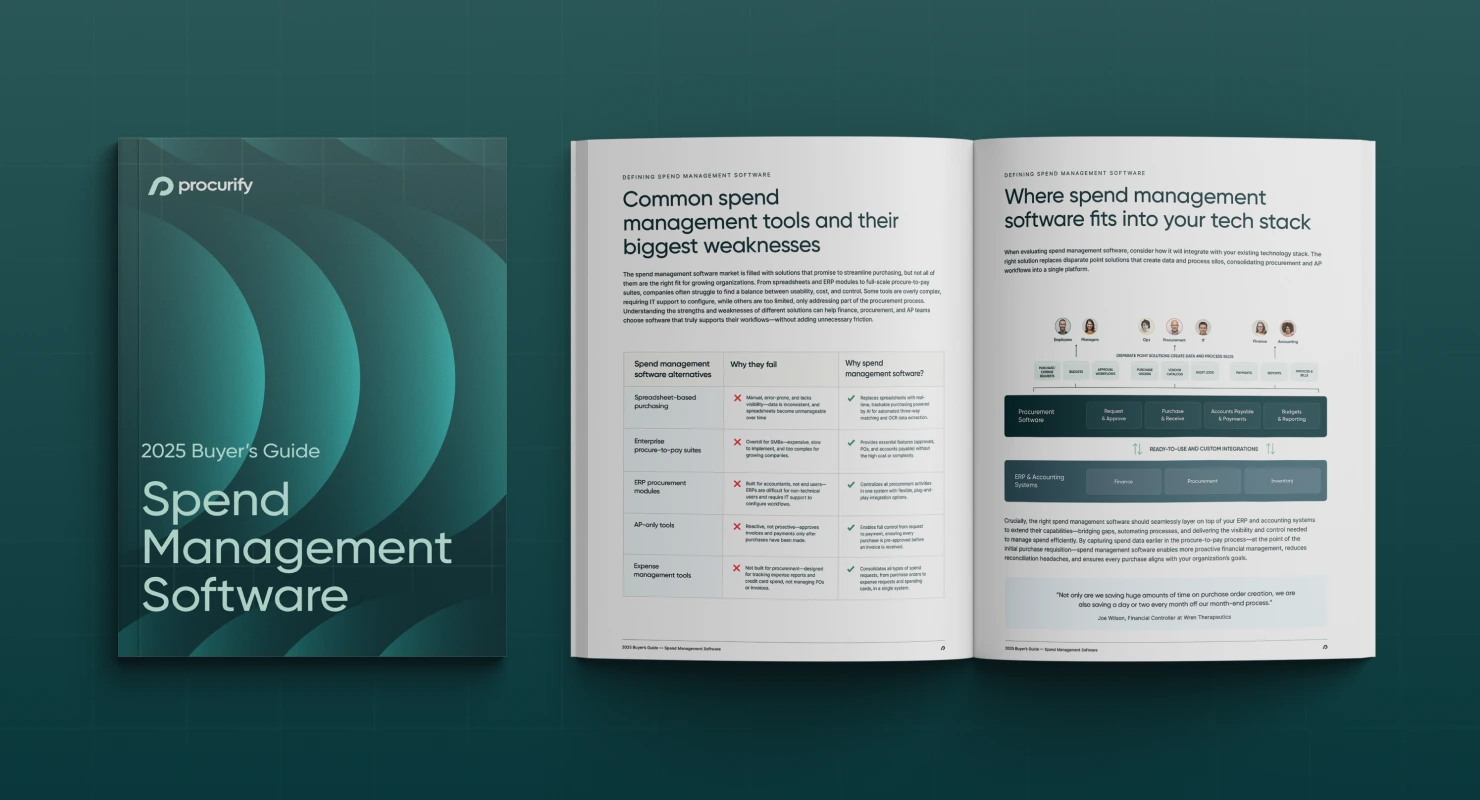What is Sustainable Procurement?
Sustainable procurement is routinely mentioned as a key trend in future procurement and supply chain operations – but what does it mean and what is it worth?
Earlier this week, we caught up with Angus Chak, a business student at the University of British Columbia, to talk about what procurement and supply chain issues are currently being taught in university lecture halls. Of the handful of topics Chak mentioned in his interview with us, one issue stuck out among the rest: the critical need for sustainable procurement practices in the future.
To be sure, sustainability has become a buzzword with writers, corporations (large and small) and governments. But when sustainability is applied to procurement practices, what does that relationship mean? What is sustainable procurement? And, most importantly, what is the value of sustainable procurement?
According to a sweeping report by PwC – “The Value of Sustainable Practices: A Quantitative Analysis of Value Drivers Associated with Sustainable Procurement Practices” – sustainable procurement is the incorporation of initiatives such as office energy-reduction programs and adherence to ever-evolving environmental regulations into the procurement practices of a business.
So, why is this important? Why is sustainable procurement considered an essential future concept? Well, because sustainable procurement, while an admirable environmental pursuit, will also improve the bottom line of a business.
>> Read about the importance of sustainability, an interview with the CEO of Eartheasy.
“[The] relationship between sustainability and value creation will be a key issue to be tackled over the long term,” reads the report.
“The ability to express sustainability benefits in financial terms is one of the key drivers needed to instill sustainability into company business models.”
Including sustainability practices into a procurement function, however, isn’t always easy. Historically, procurement decisions have been made based entirely on three factors: price, quality and time. Those factors, of course, are still very much at play when procurement decisions are being made today – it’s just that various sustainable initiatives are being incorporated with those well-worn components.
And the result? The PwC study reports that sustainable procurement practices can result in three basic value drivers: cost reduction, risk reduction and revenue growth.

Examples of value drivers created by sustainable procurement practices:
Cost Reduction: Examples of cost reduction from sustainability initiatives are energy-reducing initiatives (which reduce energy costs), reduced over-specification, reduced consumption and reduced social and environmental compliance costs.
Compared to sustainable procurement program costs: Up to 6 times payback.
Implementation Probability: High.
Risk Reduction: Examples of risk reduction from sustainability initiatives are enhanced brand value from potential bad supplier practices (child labour, local pollution) and mitigating the economic cost of supply chain disruptions (non compliance with environmental regulations).
Compared to sustainable procurement program costs: Up to 85 times payback.
Implementation Probability: Low.
Revenue growth: Examples of revenue growth from sustainability initiatives are through the adoption and innovation of eco-friendly products and services, price premium or income from recycling programs.
Compared to sustainable procurement program costs: Up to 58 times payback.
Implementation Probability: Medium.
While revenue growth isn’t considered the least likely of the value drivers to be implemented, the PwC report does report that revenue growth drivers present roadblocks because they require a company’s procurement function to work closely with its suppliers, marketing and research and development departments. This can be difficult depending on how a business is structured and where the different departments are located. Also, the payback from the various value drivers will vary from industry to industry.
But, with all of those caveats considered, the PwC report concludes that adopting sustainable procurement practices, in particular those that result in cost reductions, are worth the time and effort to implement.
“It appears that the cost reduction impact of sustainable procurement outweighs the implementation costs in almost all of the cases studied,” reads the report.
Another potential value-creating dimension from sustainable procurement practices, although not examined in the PwC report, is: the human dimension (which raises the profile of a company and helps attract top-tier talent).
Needless to say, sustainable procurement can have wide-ranging and positive effects on a business. Whether it’s cutting costs or increasing your revenue, this is a critical issue that everyone involved such explore in great detail.
Find out if Procurify is a fit for your organization: Start your free trial.

2025 Spend Management Software Buyer’s Guide
Choose the spend management solution best suited to your organization’s needs with an overview of the 2025 software ecosystem, feature comparisons, and a free vendor capability evaluation checklist.
